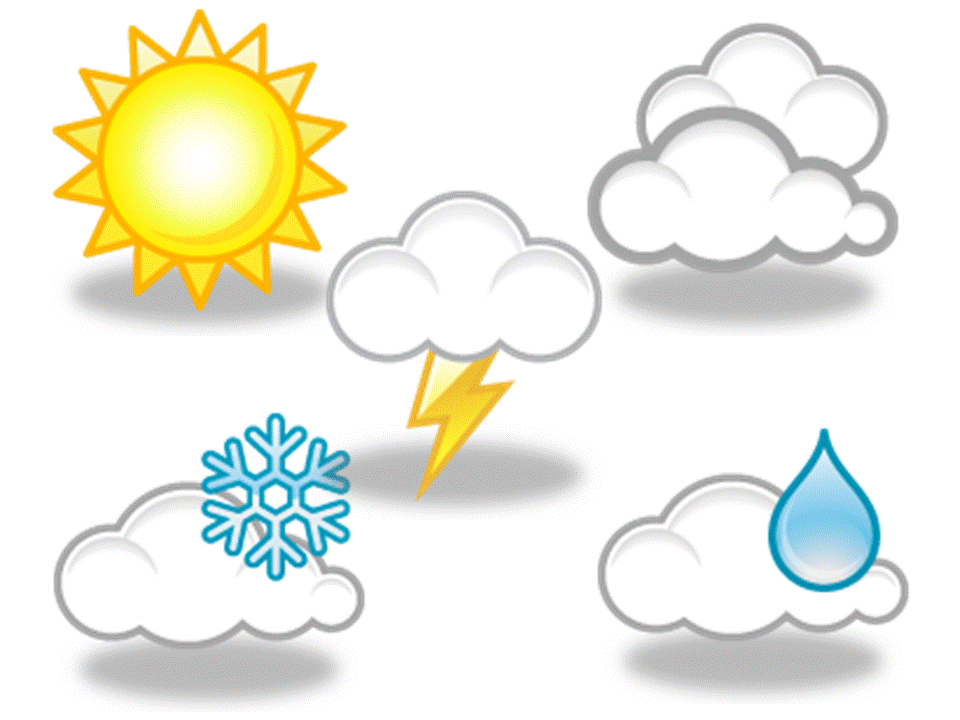They know it's dangerous but they find it inconvenient to get and wear a helmet
A new study looked at why many adults don't wear helmets when they ride bikes, even though helmets can protect them from serious injuries.
Why people don't wear helmets
-
It's not convenient: They don't own a helmet or find it inconvenient to carry one.
-
It's not comfortable: They don't like how helmets feel.
What might help
-
Free helmets: Giving people free helmets makes them more likely to wear them.
-
Education: Explaining the benefits of helmets can help.
-
Reminders: Sending reminders to wear helmets can also be helpful.
The study
-
Researchers talked to injured cyclists who weren't wearing helmets.
-
They gave some of them free helmets, education about helmet safety, and reminders to wear helmets.
-
After a year, the cyclists who got these things were much more likely to be wearing helmets.
The bottom line:
Thestudy shows that more people will wear helmets if we make it easier and encourage them to do so. This is important because helmets can save lives.
More about adult cyclists and helmets
The research was presented by Dr. Steven Friedman, an emergency doctor at Toronto General Hospital. Towns and cities need to create protected routes and infrastructure for people to get around safely on bikes. However, crashes will still occur, and helmets are important for preventing cycling-related head injuries," he said.
He tested a set of incentives to see if they would persuade more cyclists to wear helmets. A group of 72 injured cyclists, who had not been wearing a helmet and were treated at Toronto General Hospital, took part in the research. Their ages ranged from 18 to 68 years and there was an even split of women and men.
All participants were asked about their cycling habits. The majority said they planned to cycle on the day they were injured and that they cycled most days outside of the winter months. However, most said they never or rarely wore a helmet (76%), even though very few thought that helmets were unnecessary or ineffective, and around half believed that cycling in Toronto is dangerous.
Female cyclists were marginally more likely to report wearing a helmet most of the time or always when cycling on their own bike. Women and men gave broadly the same reasons for not wearing a helmet, with the most common being that they did not own a helmet, that it was inconvenient, or that it was uncomfortable.
Approximately one third of the injured cyclists were randomly assigned to a protocol to promote wearing a helmet with the others randomised to be controls. The protocol included: an explanation of the value of wearing a helmet given by the study research coordinator, a voucher to get a free helmet, scheduled email reminders with brief survey regarding helmet use, a social media group, and the opportunity to refer a friend for a free helmet after a year.
All participants were asked to complete questionnaires over the following 12 months to see whether or not they were using bike helmets.
Half of those given a voucher for a free cycle helmet redeemed their voucher. Although many participants were no longer responding to the questionnaires after a year, of those who did (17 out of the 72 people), 75% of cyclists given the incentives said they always wore a helmet, compared to 22% of controls.
This research helps us better understand who are the cyclists that end up in our emergency department and why they are not wearing helmets, and it enabled us to try a new protocol to promote sustained helmet use,Friedman said.
Photo Credit: Consumer Affairs News Department Images
Posted: 2024-10-15 20:28:17



















